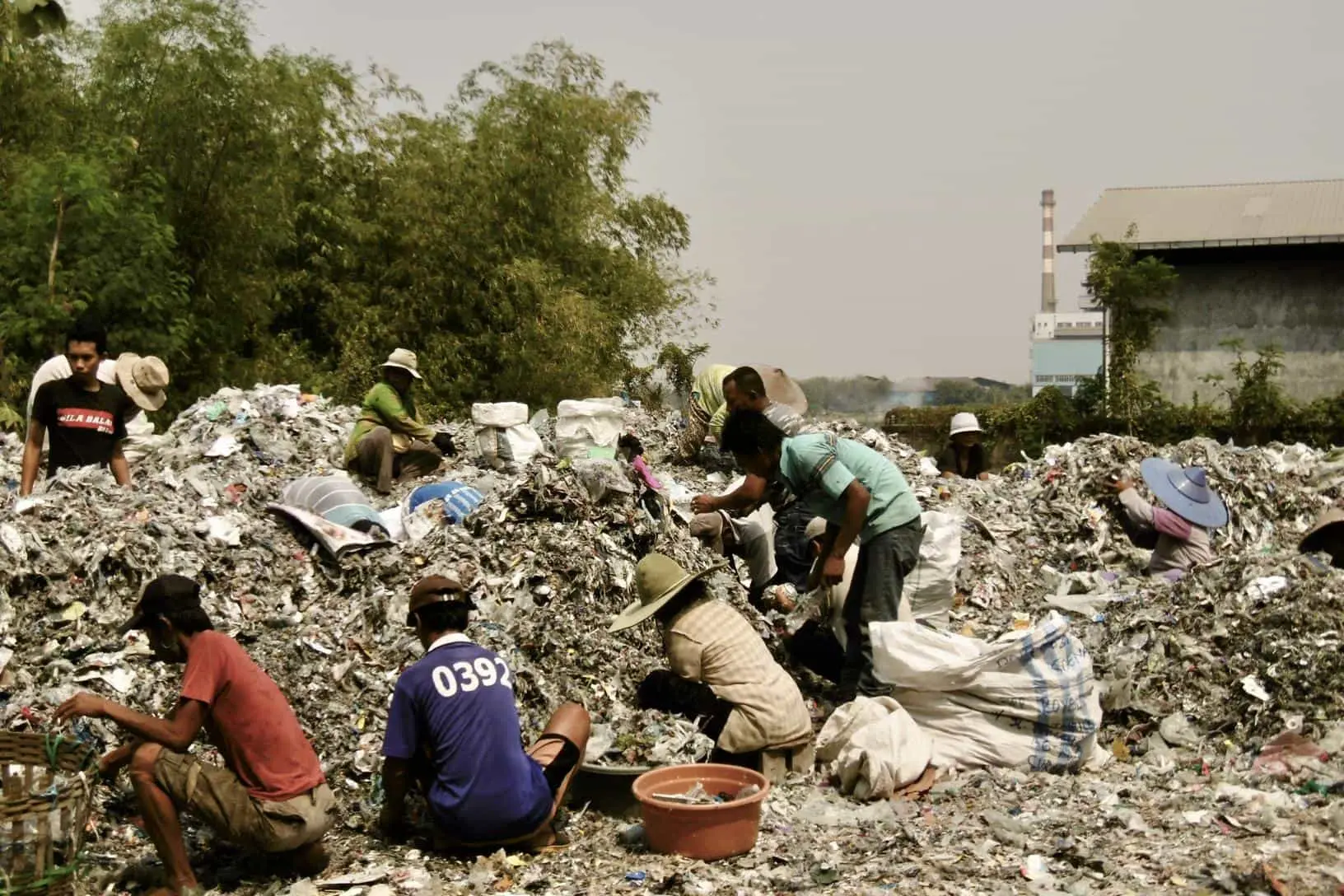
The Importance of Free Play in an Overscheduled World
Pakistani schooling lacks ‘free play’ concept, focusing on rote learning. Absence of self-directed learning education structures.


Pakistani schooling lacks ‘free play’ concept, focusing on rote learning. Absence of self-directed learning education structures.

Its 2021 and Pakistan still does not have a formalized government-led recycling policy or initiative is absurd to type, read and research.

The first-ever Islamabad Security Dialogue (ISD) was held in Islamabad on March 17-18, 2021, under the National Security Division of the Government of Pakistan, in
The auspicious days of 14th August and 15th August 2020 bring forth the 73rd year of Independence of South Asia\’s largest countries. From neighbours to
Ongoing Locusts Plague in Pakistan Pakistan has carried out anti-locust operations in the country\’s 32 impacted districts, covering 2.6 million acres of land. According to
Entrepreneurism during the Pandemic Emeds.pk is a first of its kind initiative in Pakistan. It has the potential to change the access to medicines in
The emergence of the Coronavirus pandemic challenged the way the world approached education, business, and skill development. All across the world, private and public sectors
Education in the pandemic era In Pakistan, where more than 300,000 schools have been closed since March because of the coronavirus epidemic, some fortunate few
A most notable achievement Pakistan often makes an appearance in lists describing the most vulnerable nations concerning climate change. However, a recent update from the
In the next 10 years, Pakistan is aiming big as it announces its plans for a digital revolution. Federal Minister for Science and Technology Fawad